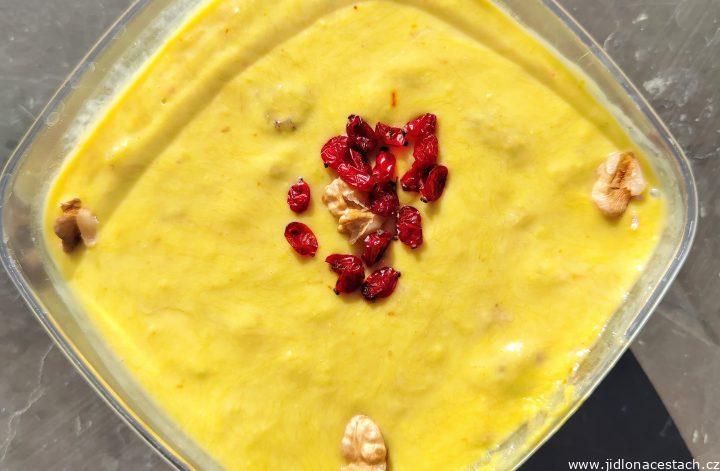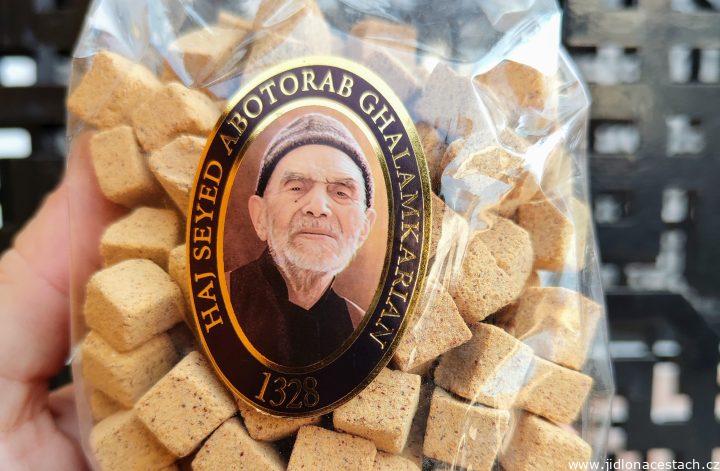Dining in Iran is a unique part of Persian culture. It differs significantly from European customs, whether in terms of the setting, eating style, or social traditions. Iranian restaurants and households have their own habits, which are often surprising but very interesting to European visitors.
Dining Etiquette in Iran

Dining on the Floor and Without Shoes
A typical feature of Persian culture is dining on the floor. In traditional Iranian households, meals are often served on a special cloth called a sofreh. The sofreh is a fabric spread directly on the carpet or floor. Diners sit around the sofreh in a cross-legged position or kneeling. Before entering such a space, shoes are always removed. This custom stems from Persian traditions of cleanliness and respect for the dining area.
Unlike the European style of dining at higher tables and on chairs, Iranians prefer low tables or the floor itself. Special areas in restaurants designed for traditional floor dining are called takht. A takht is usually a raised wooden or brick platform covered with carpets and cushions for more comfortable seating. Before eating, guests in a restaurant are given a thin plastic cloth, which is spread over the carpet to protect it from stains.

In modern Iranian restaurants, however, it is common to see standard European-style tables and chairs. Many restaurants offer their customers the option to dine either traditionally or in the European style at tables with chairs. Personally, I love takht and dining on it—it’s much easier to relax there after a meal 😊

Eating with Hands
In Iran, it is common to eat certain dishes with hands, especially bread (such as lavash or sangak), which also serves as a tool for scooping up food.
When eating, food is scooped with the right hand, as the left hand is generally considered unclean and is not customarily used to place food directly into the mouth. However, this does not mean a strict prohibition on using the left hand while dining. When eating with utensils, it is common to use both hands, similar to European customs.
Interesting Facts About Dining in Iran
- Traditional Persian dining is a highly communal experience. Dishes are often served in large shared platters from which everyone takes their portion.
- Drinking tea is an integral part of meals, often served both before and after eating. Black tea in Iran is typically consumed very sweet.
- Iranians place great importance on hospitality. Guests are frequently encouraged to take multiple servings, which is a sign of politeness and generosity on the host’s part. I was often invited in restaurants, either before or after my meal, to join diners at other tables. This courtesy may (but does not have to) be a form of “taarof.”
- Alcohol is never served in restaurants, in accordance with Islamic regulations in Iran.
Countries with Similar Dining Customs
Dining on the floor and eating with hands is not unique to Iran. A similar style of dining is prevalent in other countries, especially in parts of the Middle East, Africa, and South Asia. Examples of countries with similar traditions include:
- Afghanistan
- Pakistan
- India (especially northern and southern regions)
- Saudi Arabia and other Persian Gulf Arab countries
- Turkey (particularly in traditional households)
- Morocco and other North African countries
- Kyrgyzstan
- Sudan
- Ethiopia and Eritrea
Dining in Iran in accordance with local customs is not complicated. The most notable differences from Europe are dining on the floor without shoes and using bread instead of utensils. In my opinion, these practices enhance the dining experience and provide a deeper understanding of the local culture and history.
Enjoy your delicious Iranian meal!


